Deck & Commander Strategies
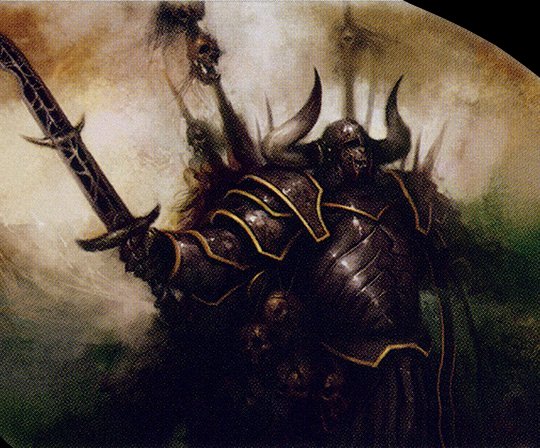
Korlash, Heir to Blackblade
Utilizes +1/+1 counters and equipment to rapidly grow into a large, aggressive threat, aiming to win through commander damage and combat dominance.
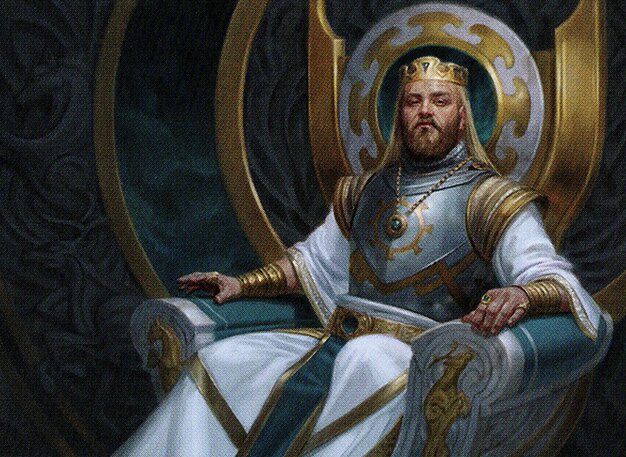
Kenrith, the Returned King
A versatile voltron-style deck focusing on buffing Kenrith with counters and equipment, leveraging his multiple abilities to control the board and finish opponents.
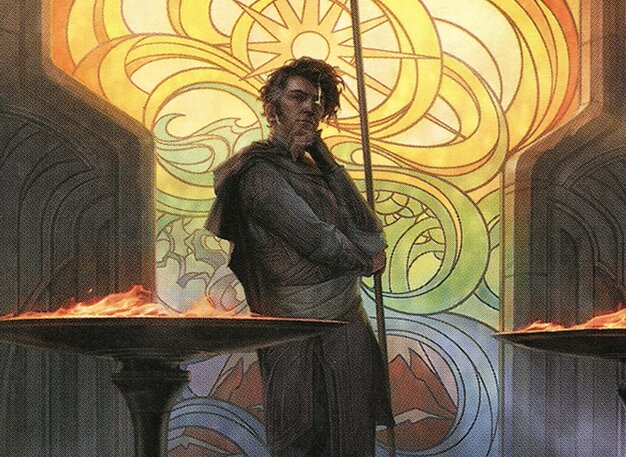
Garth One-Eye
A sacrifice and token synergy deck that generates value from sacrificing creatures and treasures, using incremental advantage and disruption to control the game.

Kalain, Reclusive Painter
A control and value deck that uses artifacts, enchantments, and incremental card advantage to out-resource opponents and protect key creatures.
Gameplay Insights
- 1
Using equipment like Lightning Greaves early on to protect key commanders and enable aggressive swings was pivotal for maintaining pressure.
- 2
Sacrificing creatures to generate treasure tokens and leveraging treasure synergies allowed for explosive mana acceleration and value generation.
- 3
Playing around instant-speed interaction and prioritizing response windows helped mitigate disruption spells like Rewind.
- 4
Targeting control elements and key creatures with removal at critical moments slowed down opponents' momentum and shifted combat advantage.
- 5
The promise not to interfere with certain players for a few turns influenced the timing of spells and attacks, showcasing the importance of political considerations in multiplayer Commander.
Notable Cards
-

Korlash, Heir to Blackblade
-
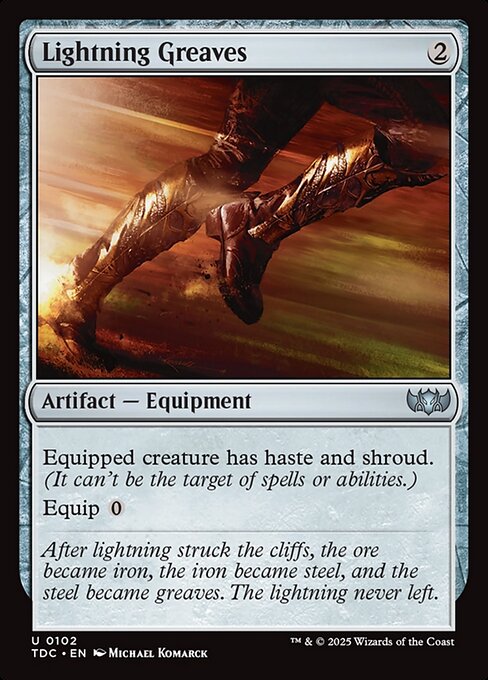
Lightning Greaves
-
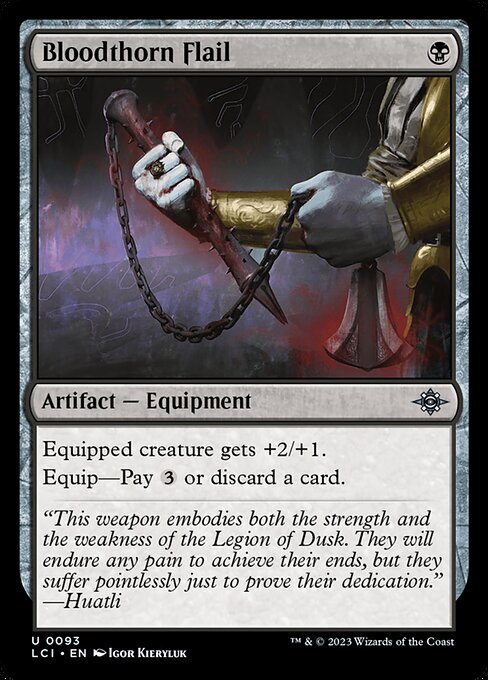
Bloodthorn Flail
-
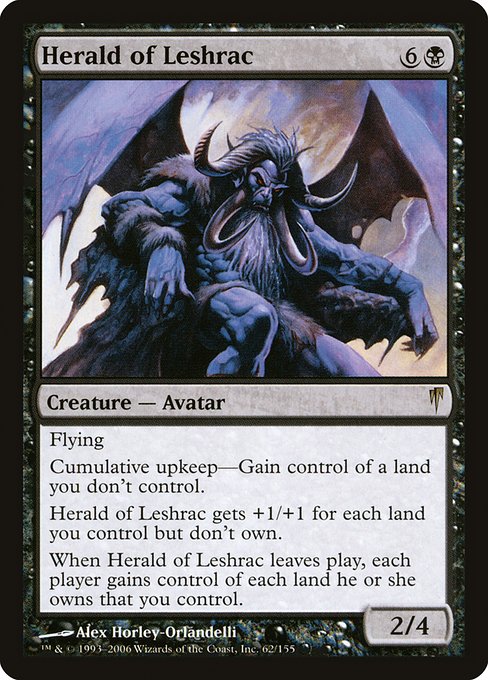
Herald of Leshrac
-
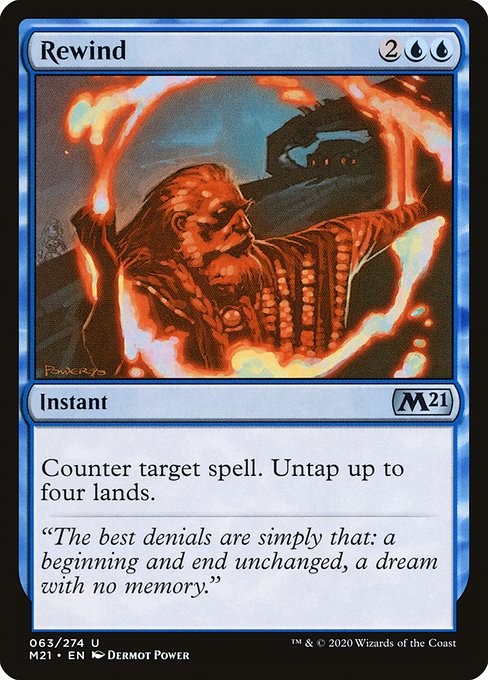
Rewind
-
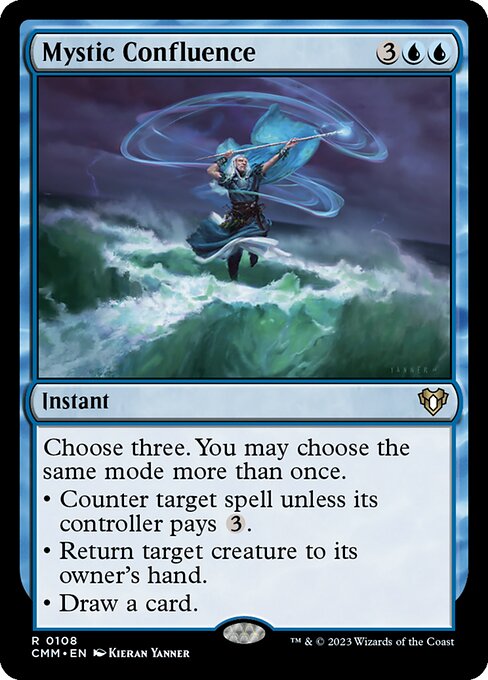
Mystic Confluence
-
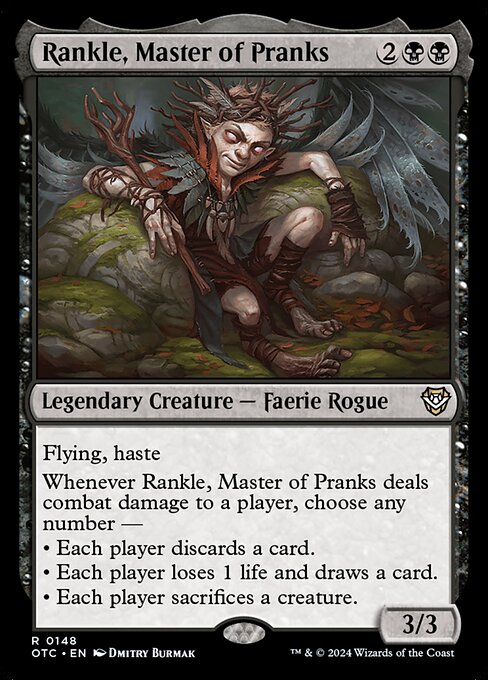
Rankle, Master of Pranks
-

Orzhov Signet
Gameplay Summary
The game began with players establishing their mana bases and early board presence through incremental plays like mana rocks and small creatures.
Early aggression was light, focusing more on mana ramp and card draw.
A key turning point occurred when Korlash, Heir to Blackblade entered the battlefield and immediately began applying pressure with commander damage boosted by equipment like Lightning Greaves and Bloodthorn Flail.
This aggressive stance forced opponents to respond or take damage, shaping the early combat dynamics.
Meanwhile, other players developed their boards with utility creatures and enchantments, focusing on incremental value and control elements. Midgame saw a flurry of interactions around treasure tokens and sacrifice synergies, as well as the use of control elements such as Rewind and removal spells to disrupt threats.
Notably, a player utilized Herald of Leshrac to take control of lands, creating a threat that required attention.
The board state shifted multiple times with creatures growing large via counters and combat damage exchanges, including a 5/6 flying creature threatening lethal damage.
Players also leveraged tutors and card draw spells to find key pieces, aiming to stabilize or push through damage.
The game revolved around managing threats like Korlash’s powered-up attacks and the incremental advantage gained from artifact and enchantment synergies.
Ultimately, the game was a tense battle of attrition with each player balancing offense and defense to stay alive while assembling their win conditions.

























![Season Finale Fan Special [Commander VS 305] | Magic: the Gathering Commander Gameplay thumbnail](https://i.ytimg.com/vi/4VCbfC4ADDk/sddefault.jpg)


![Commander VS S17E4: Linden VS Syr Konrad VS Kenrith VS Torbran [EDH] thumbnail](https://i.ytimg.com/vi/PvUddo1rzeo/sddefault.jpg)















